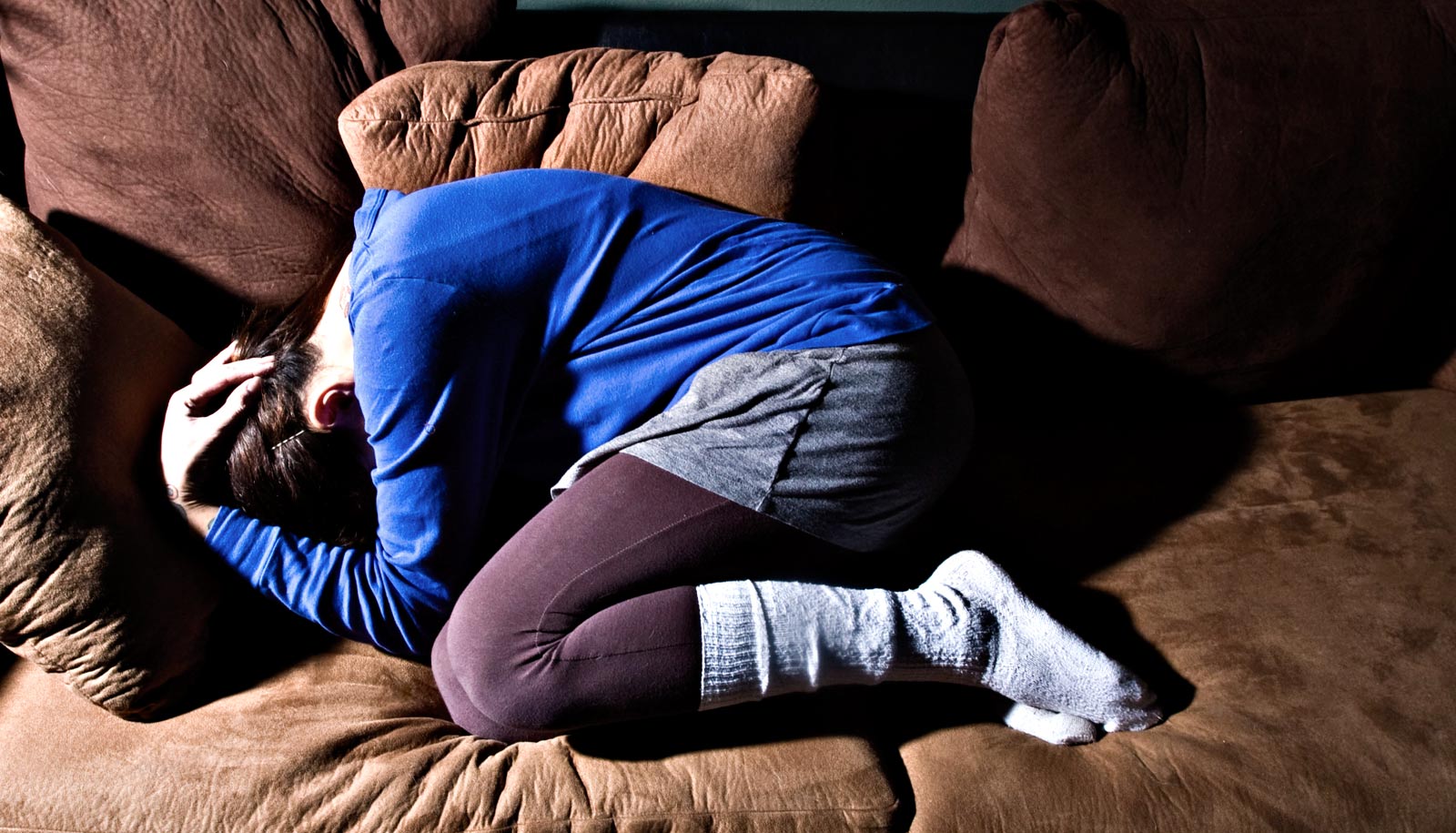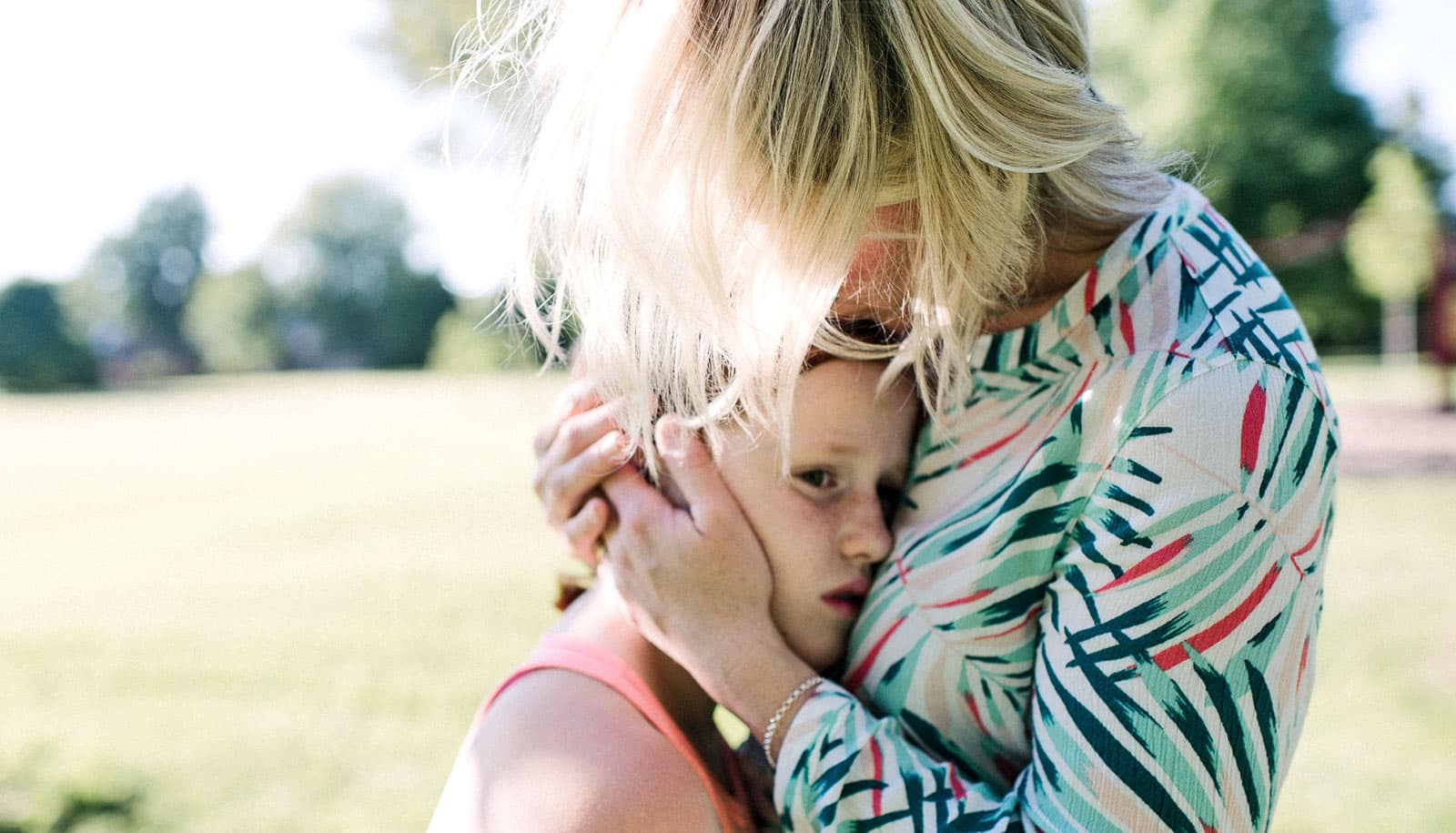Children as young as 9 and 10 years old have suicidal thoughts, but the majority of caregivers either don’t know or don’t report them, researchers say.
Suicide deaths in children has reached a 30-year high in the United States. During middle and high school, 10% to 15% of kids have thoughts of suicide, according to the Centers for Disease Control and Prevention.
“There’s already been press about suicidal ideation in teenagers,” says Deanna Barch, chair and professor of psychological and brain sciences in Arts & Sciences and professor of radiology in the School of Medicine at Washington University in St. Louis. “But there’s almost no data about rates of suicidal ideation in this age range in a large population sample.”
Boys and girls and suicidal thoughts
For the study in JAMA Network Open, researchers looked at 11,814 9- and 10-year-olds from the Adolescent Brain Cognitive Development (ABCD) study, a national longitudinal study on adolescent brain health in which caretakers also participate.
Dividing suicidal thoughts and actions into several categories, researchers found that from 2.4% to 6.2% of the children reported having suicidal thoughts, from wishing they were dead to devising—but not carrying out—a plan.
When it came to actions, 0.9% of these 9- and 10-year-olds said they had tried to commit suicide; 9.1% reported non-suicidal self-injury.
Going into this study, Barch says she wasn’t sure what she and her colleagues would find, but she did expect to see nontrivial amounts of suicidal thoughts in this age group.
“There were two reasons I was sure,” she says. “When you look at the CDC rate of kids in middle and high school who have these thoughts, it’s pretty high. It’s clear that they weren’t arising out of the blue.”
The second reason: she had already seen suicidal thoughts in preschoolers in earlier work.
In this study, researchers also noted some discrepancies between boys and girls. Specifically, boys showed more suicidal thoughts and more non-suicidal self-injury than the girls; trends that reverse as people age, other studies show.
“We don’t really know why,” Barch says. “By the time adolescence hits, the rates go up for everyone, but they go up disproportionately for girls. The discrepancy was completely unexpected.”
Caregivers find the results surprising
Caregivers also found the results unexpected, the researchers say.
This is the age when kids and their caregivers generally tend to give different reports of internal experiences, Barch says. However, the disconnect between self-reports of suicidal thoughts and caregivers’ reports of their kids’ thoughts diverged widely.
In more than 75% of cases where children self-reported suicidal thoughts or behaviors, the caregivers did not know about the child’s experience.
Following the children over time will allow researchers to tease out this apparent contradiction. “One question is going to be whether one of those reports—that of the child or the caregiver—is more predictive than the other of how the kids do over time,” Barch says.
In fact, caregivers seem to play an important role when it comes to suicidal thoughts and behaviors in this young age group. After adjusting for sex, family history, and other variables, family conflict was a predictor of suicidal thoughts and non-suicidal self-injury. A lack of monitoring by a caretaker associated with suicidal thoughts, non-suicidal self-injury, and suicide attempts.
Historically, researchers have believed that people don’t need to ask kids about suicidal thoughts before adolescence, Barch says. “Our data suggests that is absolutely not true. Kids are having these thoughts. They’re not at the same rates as adults, but they are nontrivial.”
She suggests parents, caregivers, and people working with children should be aware of the possibility that a nine-year-old is thinking about suicide. “If you have kids who are distressed in some way, you should be asking about this,” Barch says. “You can help identify kids that might be in trouble.”



